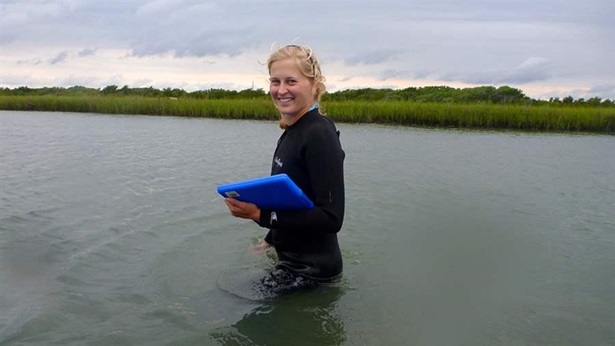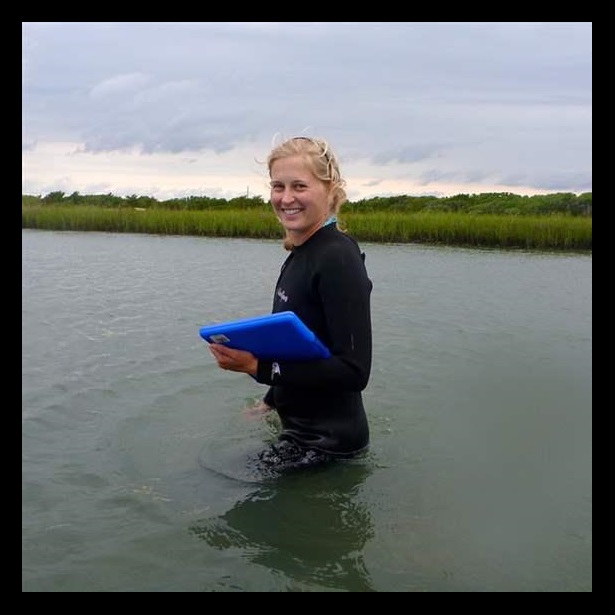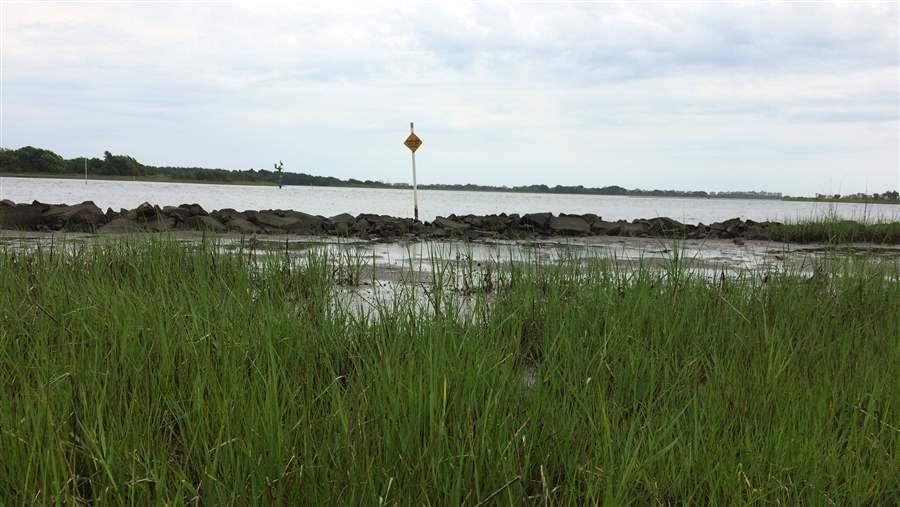Advancing Nature-Based Solutions
An overview of living shorelines and the U.S. Army Corps of Engineers’ proposed permit
In June, the U.S. Army Corps of Engineers proposed a new nationwide permit for living shoreline projects—which typically consist of vegetation combined with native elements such as oyster reefs or rock sills—to combat erosion. These natural bank-stabilization techniques provide a proven and durable alternative to hard infrastructure, such as bulkheads and seawalls, and conserve the coastal habitat of fish and marine life, shorebirds, and plants.
Speakers discussed the latest scientific research on nature-based solutions, the Corps’ efforts to advance the use of natural infrastructure projects, its Nationwide Permit Program, and the proposed living shorelines permit.
Participants:
- Charley Chesnutt, U.S. Army Corps of Engineers
- Rachel Gittman, Ph.D.
- Laura Lightbody, The Pew Charitable Trusts
- David Olson, U.S. Army Corps of Engineers


A Q&A with Marine Ecologist Rachel Gittman
A Q&A with marine ecologist Rachel Gittman


This video is hosted by YouTube. In order to view it, you must consent to the use of “Marketing Cookies” by updating your preferences in the Cookie Settings link below. View on YouTube
This video is hosted by YouTube. In order to view it, you must consent to the use of “Marketing Cookies” by updating your preferences in the Cookie Settings link below. View on YouTube


America’s Overdose Crisis
Sign up for our five-email course explaining the overdose crisis in America, the state of treatment access, and ways to improve care
Sign up





